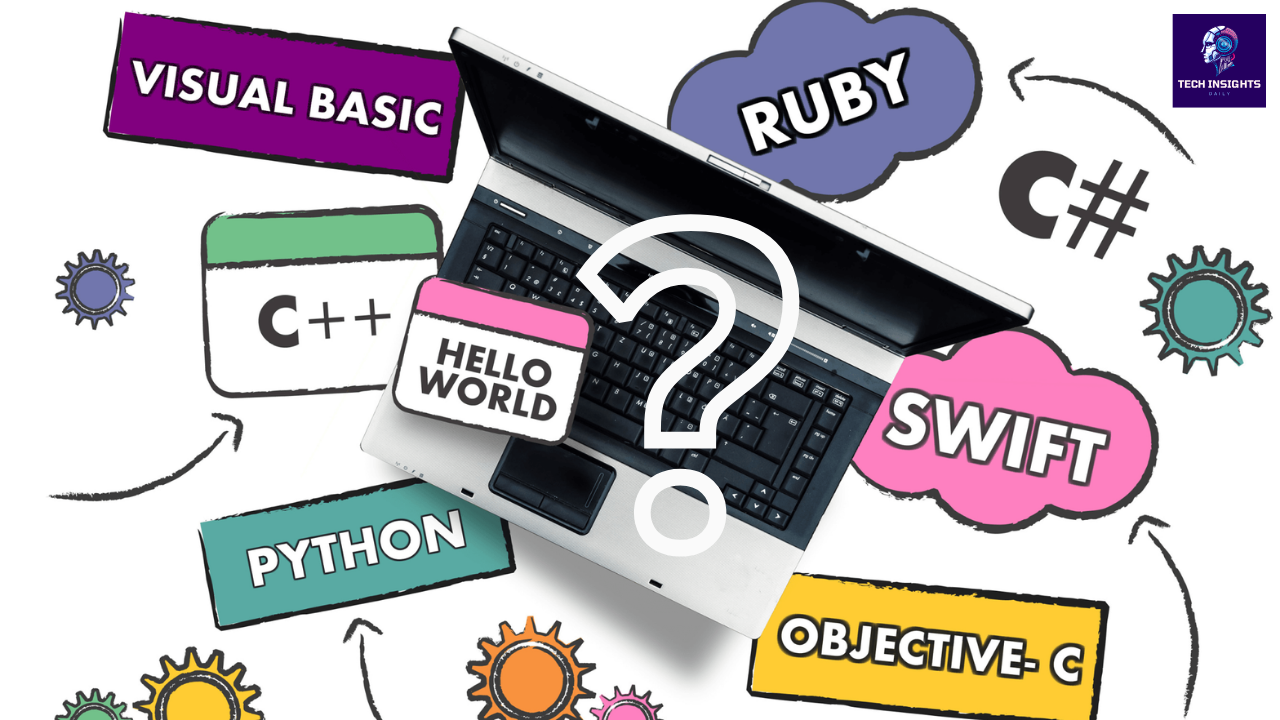Introduction
Scratch is a multi-level, block-based programming language essentially intended to allow children and infants to program. Scratch is a programming interface, which creates an easy environment for the user to explore and create stories, games and animations. So, starting with scratch, this article has features that will give young programmers a way forward in terms of functionality, benefits and educational transformation.
What is a scratch?
Scratch is a programming language and website intended for people to create various projects that are all connected and runnable in some way. It uses a graphic user interface with clickable icons and drag-drop methods, thus the program targets children between the ages of 8 and 16. The main purpose of Scratch is to facilitate the learning of basic programming paradigms.
Key Features of Scratch
- Block-based coding: Scratch is a coding software that enables users to program using blocks. These blocks of code are put together. It is useful in get rid of syntax errors and makes programming much easier mostly for new programmers.
- Interactive Projects: Users can create effectively any type of project, whether it's a game, animation or story. The idea of the application is to be as open and unstructured as possible to allow people to try different things.
- Community Sharing: Currently, Scratch has an active and large community that can be gain via the internet to share projects, get feedback and even collaborate on a project.
- Educational Resources: The Scratch website is rich in resources for teachers, lesson plans and learning resources, as well as a community of teachers.
Advantages of Scratch Learning
- Develops Problem Solving Skills: Logical problem solving in Scratch is done as users program their projects and fix display bugs.
- Enhances Creativity: It is a platform where the creativity of its user can be conducted through interactive media that enhances the users love for learning.
- Promotes Collaboration: Joint and collaborative projects with other users all help learners develop teamwork and communication skills.
- Preparation for Advanced Programming: Scratch is a good starting point for learning other programming languages and ideas in programming.
Starting the Scratch program
- Create an account: Visit the Scratch website and register to get free access and the ability to share your projects.
- Explore Tutorials: Scratch has a number of tutorials and tutorials to enable newcomers to the platform to have an easy time. Most of them cover the basic level of knowledge.
- Start a project: Start building your first project by dragging and dropping elements into the application. Play with the blocks and see how one block behaves when placed next to/or on top of another block.
- Join the Community: Publish projects on the website to the Scratch community and in turn get edited by other Scratch users as well as improve your own editing skills.
The Educational Effect of Scratch
Scratch is popular and implemented in schools and educational activities in various countries. Moreover, it serves the purpose of STEM education as it introduces coding in an charming and fun way. Teachers use Scratch to introduce children to programming languages, improve their problem-solving skills, and boost imagination.
Result
Scratch is not just a language for programming, however, it is a learning environment that can successfully encourage creative thinking, logical and systematic problem solving and collaborative pursuit in children and young generations. With Scratch, kids are having fun while programming, which specify the platform's broad ability to alter to the next generation of coders.











